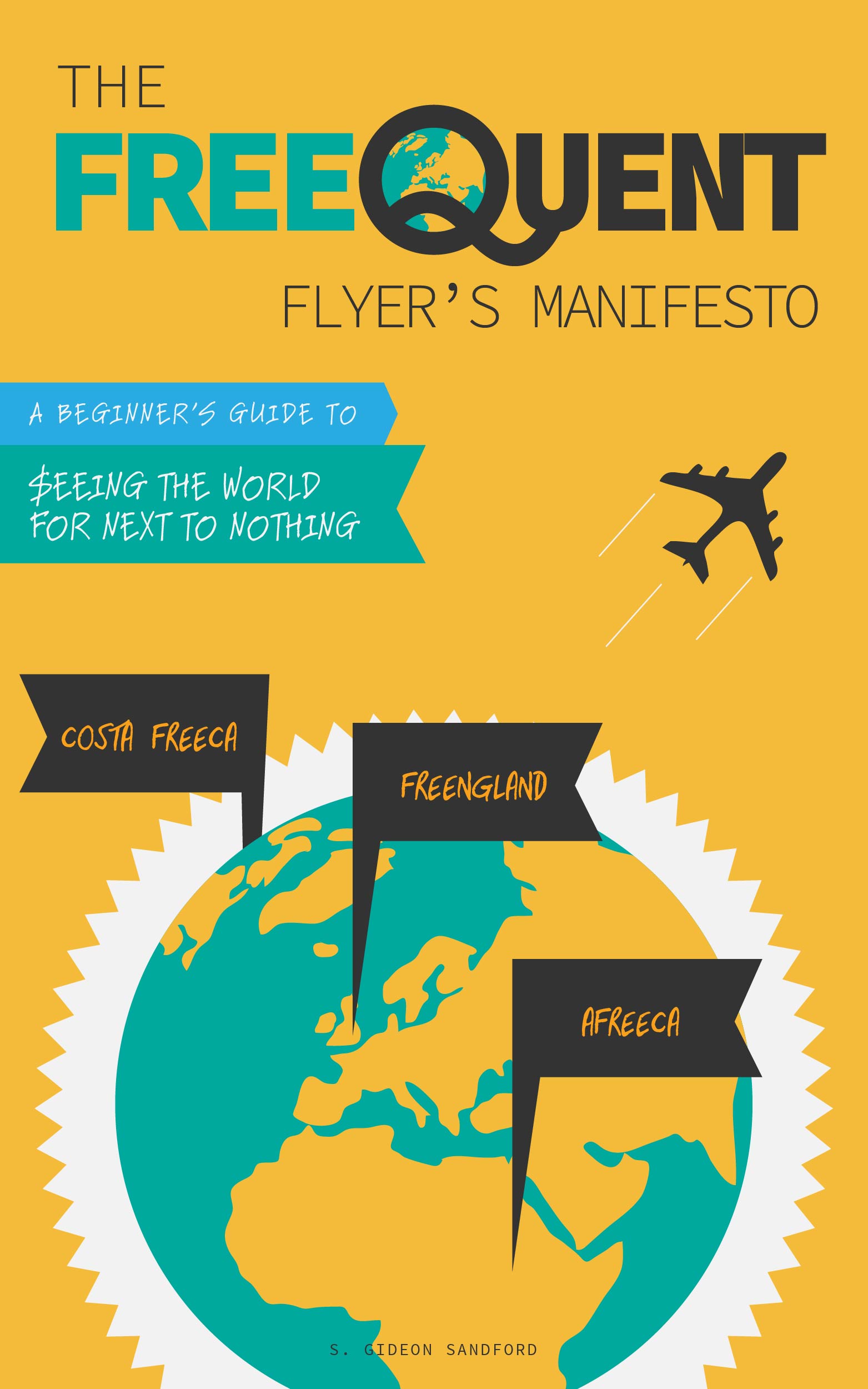American Express bonuses at 7-11 and using Bluebird internationally
/Apologies for the light blogging this week, I've been on a cross-country train trip, at my brother's destination wedding, on board a transatlantic flight, and now struggling with Eastern European internet access. That and I'm dealing with a stubborn cold, which I'm sure everyone in BusinessElite was ecstatic about on the 10-hour flight here from Portland.
American Express Gas Station Bonuses
Enough about me. Since my American Express credit card statement closed I want to report on my experiment testing whether 7-11 store locations (where Vanilla Reload Network and PayPal Cash cards are sometimes available for purchase with credit cards) would earn bonus points with the American Express Hilton card, which gives 5 HHonors points per dollar spent "on gasoline at U.S. stand-alone gas stations." I had already confirmed that Visa cards issued by Chase and US Bank do bonus these purchases, but being able to buy Hilton HHonors points at 0.13 cents each (with the Surpass) or 0.16 cents (with the no-fee card) would bring back one of the most solid money-saving hacks out there.
Unfortunately, I did not earn bonus points on my 7-11 purchase. While my purchase was categorized correctly as a gas station:
I earned only the standard 3 HHonors points, and no bonus points:
Unfortunately, I suspect this means that other cards issued by American Express which bonus gas station spend will likewise only give bonus points for gas purchases (for example, for those transactions carried out at the pump).
Using Bluebird in Europe
Virtually all serious travel hackers have an American Express Bluebird card, which can be loaded using the above-mentioned Vanilla Reload cards ($1,000 per day, $5,000 per month). Until this trip, I had only used my Bluebird balance to pay credit cards bills and pay my monthly rent.
However, one of the most amazing features of Bluebird, which makes it superior to virtually every checking account, is that there are no foreign transaction fees, including on international ATM withdrawals (you will still pay a $2 out-of-network ATM fee).
Since I'm often stuck paying with cash in Europe, this can save huge amounts of money during a long stay overseas (I'm in the Czech Republic until mid-August, for example). Compare the following two ATM transactions.
First, I made a 3,000 Czech Koruna withdrawal from my Bank of America checking account. My BoA account shows a:
- $152.15 ATM withdrawal;
- $5 out-of-network ATM fee;
- $1.52 international transaction fee.
The next day, I made a 5,000 Czech Koruna withdrawal from my American Express Bluebird account. That account shows a:
- $254.83 ATM withdrawal;
- $2.00 ATM fee.
Even though the exchange rate used by the banks are almost identical (19.71 CZK per dollar vs. 19.62 CZK per dollar), Bank of America's fees are 250% higher, plus 1% of the transaction amount.
You may ask, why did I make an ATM withdrawal using my Bank of America account? Good question, and it brings me to the drawback of relying on Bluebird for ATM withdrawals: while American Express compatible ATMs are virtually everywhere in the United States, they are much rarer here in the Czech Republic, and I suspect that's true in many parts of Europe. So while you're likely to get a competitive exchange rate and lower fees, you should still bring some cash and/or a backup ATM card.
As a reminder, if you have a monthly direct deposit to the account (all inbound ACH transfers appear to count, including withdrawals from a PayPal account in any amount) , then all ATM fees are waived at MoneyPass ATMs in the United States.


